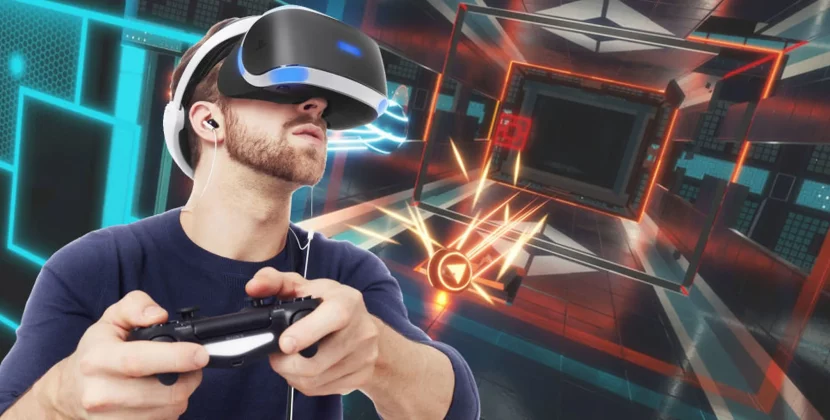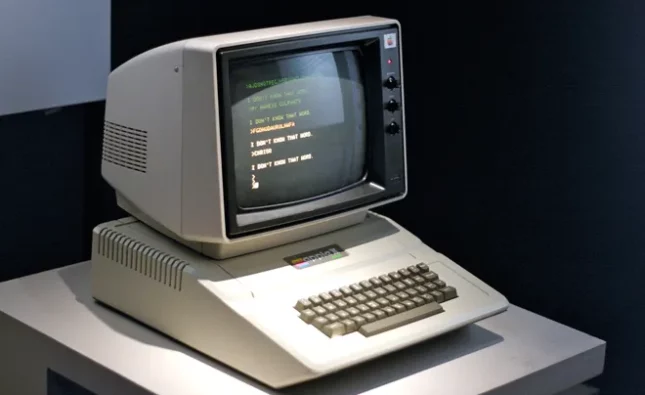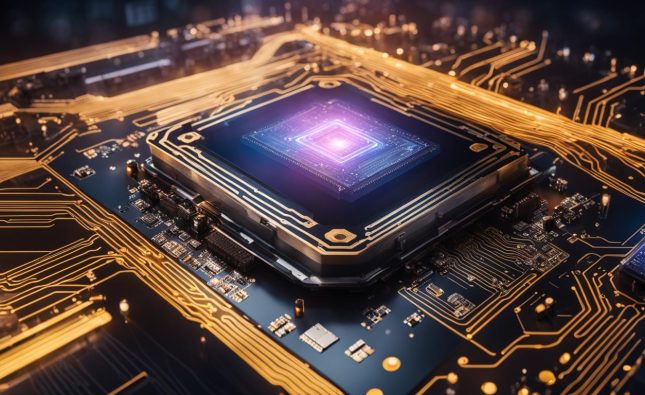
Haptic technology, which simulates the sense of touch, has been gaining traction in the US electronics industry in recent years. From gaming controllers to surgical robots, haptic technology is being incorporated into a wide range of products and applications, and its potential for enhancing user experience and improving safety has sparked interest among industry players.
The use of haptic technology is not new, but advancements in materials science and computing power have enabled more sophisticated and precise haptic feedback. The development of piezoelectric actuators and other tactile sensors has also made it possible to create more realistic haptic experiences.
One of the areas where haptic technology is expected to have a significant impact is virtual and augmented reality. By providing users with haptic feedback, VR and AR devices can create a more immersive and realistic experience. For example, a haptic glove could allow users to feel the texture of objects in a virtual environment or to simulate the sensation of holding a tool.
In addition to entertainment applications, haptic technology is also being used in healthcare and other industries. For example, surgical robots equipped with haptic feedback can provide surgeons with a better sense of touch and control during procedures. Haptic technology is also being incorporated into prosthetics to improve their functionality and user experience.
While the potential of haptic technology is vast, there are also challenges to its adoption. One major obstacle is the cost of developing and integrating haptic technology into products. Haptic feedback requires additional hardware and software, which can add to the cost and complexity of a product.
Another challenge is the need for standardization. Currently, there is no industry-wide standard for haptic technology, which can make it difficult for developers and manufacturers to create products that are compatible with one another.
Despite these challenges, the future of haptic technology looks promising. According to a report by MarketsandMarkets, the haptic technology market is expected to reach $19.6 billion by 2025, growing at a CAGR of 16.2% during the forecast period. As the technology continues to improve and become more affordable, we can expect to see more haptic-enabled products and applications in the US electronics market.










